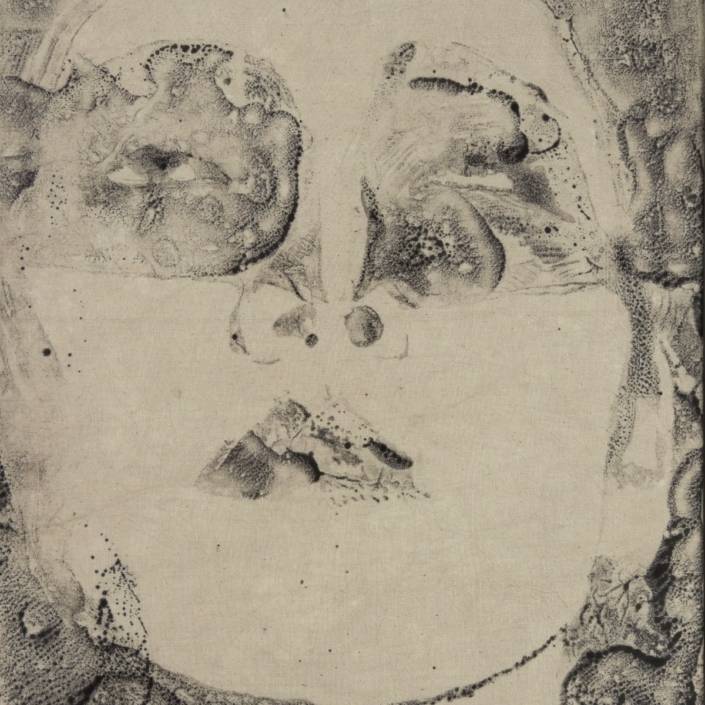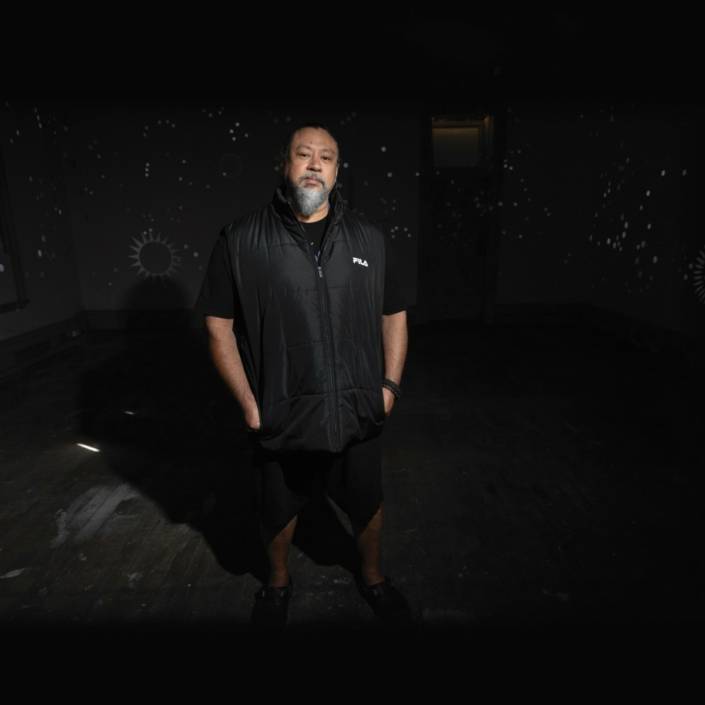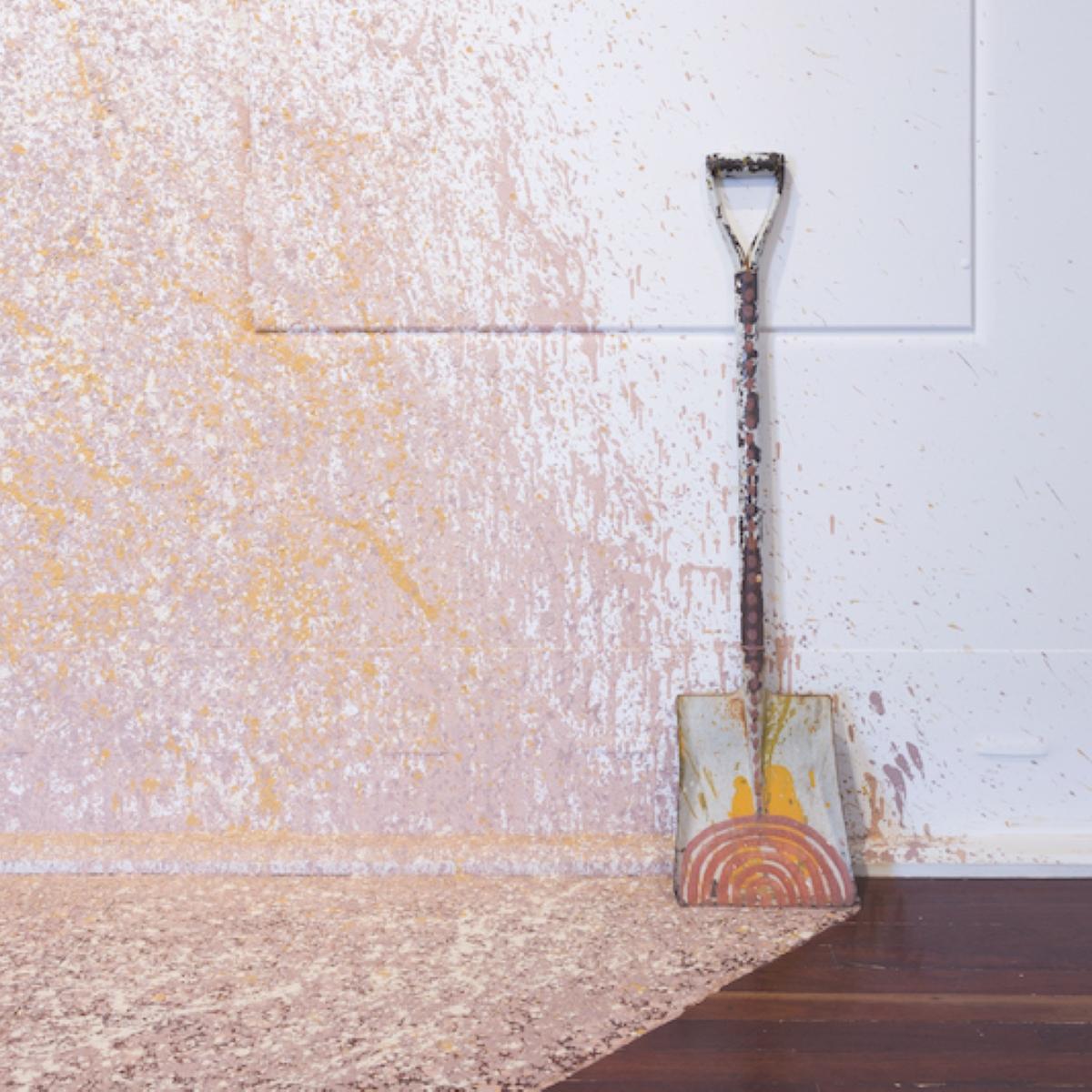Cool Hunter Predictions: Cora-Allan Lafaiki Twiss
We’re keeping an eye on these artists in the year ahead.
Words: Lucinda Bennett
Papakura, Pukepoto, Rangitoto, Otītori Bay. In the practice of Cora-Allan Lafaiki Twiss (Ngapuhi, Ngāti Tumutumu / Alofi, Liku), this list of places around the North Island of Aotearoa is also a list of pigments harvested from those sites and used to colour her Hiapo – Niuean Barkcloth – works. She explains, “My methods and sources are reflective of my place in the moana [sea]. I use whenua [land] and ink sources from the taiao [the natural world] in Aotearoa and bark cloth materials from the islands… I only use natural pigments and inks. Kauri gum is my main source for my kāpia ink and I find sources of whenua to make my paints. The different hues I find are from exploring and getting to know my surroundings. People are shocked when they see the pink in my work and find out it’s from a beach… Most of the base colours of my work I have harvested myself.”
Twiss began this process of harvesting pigment while undertaking the prestigious McCahon House residency in 2021. This residency and the resulting exhibition, From Otītori Bay Rd, which opened at Te Uru Waitākere Contemporary Gallery in February 2022, marked a major turning point in her practice, most noticeably in the way her Hiapo shifted from monochrome to earthy hues; her use of whenua pigments a tangible marker of a move towards combining her Māori heritage alongside the Niuean.
In 2021, Twiss was also the recipient of Springboard Arts Award through Art Foundation NZ, as well as a significant Creative New Zealand Grant that allowed her to practice fulltime, resulting in further aesthetic developments such as moving onto wood, creating large Hiapo and painting landscapes for the first time, having never formally studied painting during her art education. She explains, “Hiapo and painting patterns was my first introduction to any form of formal painting, so Hiapo as a form of Niue landscape painting introduced me to a new way of mark making.” In 2023, Twiss will continue exploring landscape painting with an ambitious project titled Encountering Aotearoa, which will begin with her joining a heritage expedition that will travel by boat from Bluff (at the bottom of the South Island) all the way up to the Bay of Islands, visiting many important pre-colonial sites and colonial points of contact along the way. On this journey, she will position herself as the artist/cartographer, recording and mapping these sites using pigments gathered from the whenua itself to reinterpret the land from the contemporary Indigenous viewpoint of a mana wahine Niue Māori artist
Following the voyage, the works Twiss produces will themselves tour across the country over the next two years, exhibiting at multiple venues including Dunedin Public Art Gallery, Christchurch Art Gallery and Pātaka, Porirua (with more venues to be announced). She will also have work based on her moana-based voyages to date exhibiting with Bartley and Company at the upcoming Aotearoa Art Fair.
Featured image: Cora-Allan Lafaiki Twiss. Photo: Holly Burgess.
This article was originally published in Art Collector issue 103, January-March 2023.











